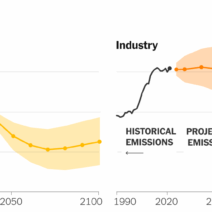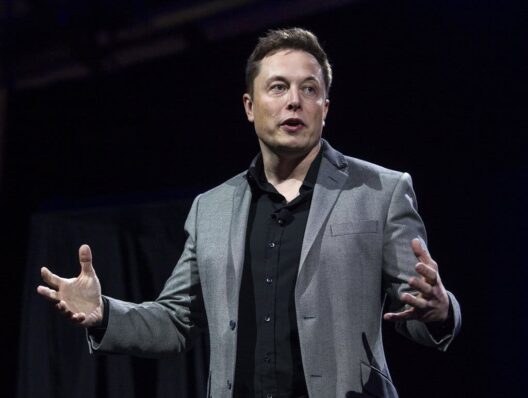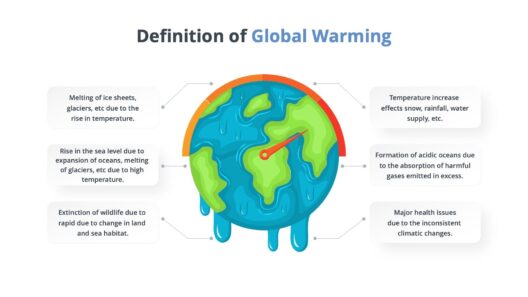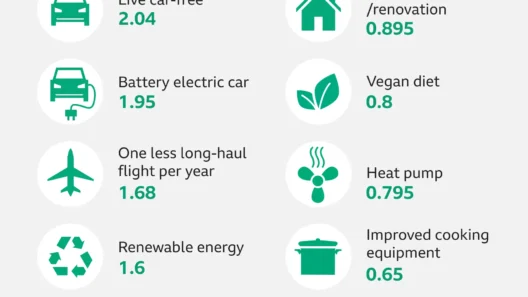Global warming has emerged as one of the most pressing challenges of our time, with a profound impact on ecosystems, weather patterns, and human health. Tackling this complex issue requires concerted efforts across various sectors and a multifaceted approach, integrating technological innovations, lifestyle changes, and policy reforms. Understanding how we can combat global warming is not only essential for preserving our environment but is also crucial for ensuring a sustainable future for generations to come.
In this article, we will explore effective strategies that can significantly mitigate the effects of global warming, emphasizing actionable steps that individuals, communities, businesses, and governments can take to contribute to a healthier planet.
Recognizing the Role of Carbon Emissions
Carbon dioxide (CO2) emissions are a primary driver of global warming, primarily resulting from human activities such as fossil fuel combustion, deforestation, and industrial processes. Consequently, reducing carbon emissions is paramount in the fight against climate change. One of the most immediate strategies involves transitioning to renewable energy sources like solar, wind, and hydroelectric power. These sustainable alternatives can dramatically decrease our reliance on fossil fuels, significantly lowering greenhouse gas emissions.
Moreover, energy efficiency measures can play an integral role. Simple adjustments in homes and businesses—such as improving insulation, utilizing energy-efficient appliances, and adopting smart home technologies—can lead to substantial reductions in energy consumption. The encouragement of energy conservation behaviors, alongside incentivizing the adoption of cleaner technologies, is crucial for promoting a low-carbon economy.
Transforming Transportation Systems
The transportation sector is a significant contributor to global greenhouse gas emissions, with road vehicles and aviation accounting for a majority. Thus, revolutionizing how we move is critical in reducing our carbon footprint. Electric vehicles (EVs) are a vital part of this transformation. With the development of better battery technology and the expansion of charging infrastructure, EVs present a viable alternative to traditional gas-powered cars, offering a greener mode of transportation.
Additionally, promoting public transportation systems can reduce the number of single-occupancy vehicles on the road. Expanding bus and rail networks, enhancing cycling infrastructure, and implementing policies that encourage shared mobility can diminish congestion and lower emissions. Local governments should also consider prioritizing pedestrian-friendly urban planning, making cities more accessible for walking and cycling.
Embracing Sustainable Agriculture
Agriculture and related land-use practices contribute substantially to greenhouse gas emissions, primarily through methane from livestock and nitrous oxide from fertilizers. Implementing sustainable agricultural practices can help mitigate these emissions while maintaining food security. Techniques such as crop rotation, agroforestry, and organic farming not only improve soil health but also enhance carbon sequestration.
Moreover, promoting plant-based diets can significantly impact emissions from livestock farming. Encouraging consumers to reduce meat and dairy consumption in favor of more plant-based options can lower demand for resource-intensive animal agriculture. Public awareness campaigns aimed at educating communities about the environmental benefits of sustainable eating habits can facilitate this shift in dietary preferences.
Mandating Legislative Action
While individual and collective efforts are crucial, the role of government policies in combating global warming cannot be overstated. Enacting legislation aimed at reducing carbon emissions and promoting renewable energy sources is instrumental in creating an environment conducive to sustainability. Governments should establish carbon pricing mechanisms, such as carbon taxes or cap-and-trade systems, which hold polluters accountable while encouraging industries to innovate and reduce emissions.
Supporting international treaties and agreements, such as the Paris Agreement, showcases a commitment to global efforts in climate action. Countries must work collaboratively towards shared goals, with adequate funding allocated to developing nations to assist them in transitioning to low-carbon economies.
Fostering Community Involvement
Grassroots movements play a pivotal role in combating climate change. By fostering community engagement, individuals can become powerful agents of change. Local initiatives—such as community gardens, tree planting events, and sustainability workshops—can empower citizens to take active roles in their environments. These actions not only help in the fight against global warming but also strengthen community ties and enhance social cohesion.
Education and awareness are paramount. Schools, universities, and organizations can spearhead environmental education initiatives, equipping future generations with the knowledge and tools needed to combat climate change effectively. By instilling a sense of responsibility toward our planet, we can cultivate a generation that prioritizes ecological sustainability.
Incorporating Technology and Innovation
Advancements in technology are pivotal in our fight against global warming. Innovations such as carbon capture and storage (CCS), advancements in renewable energy technologies, and smart grid systems facilitate the transition to a more sustainable future. Continuous investment in research and development is essential to bolster these technologies, ensuring their efficiency and scalability.
Moreover, mobilizing digital platforms can enhance awareness and advocate for climate action. Social media campaigns and online petition platforms can amplify voices calling for governmental accountability and corporate responsibility. Utilizing technology to facilitate data sharing can enable better tracking of emissions and foster transparency within industries.
Conclusion: A Collective Responsibility
Combating global warming is a shared responsibility that necessitates a collective effort from individuals, communities, governments, and businesses alike. By implementing these multifaceted strategies, we can effectively reduce carbon emissions, foster sustainable practices, and work toward a healthier planet. The time to act is now, as the repercussions of inaction will be felt not only by current generations but by countless future inhabitants of this Earth. A formidable commitment to combatting global warming will ensure that our planet remains a vibrant and habitable place for all.








